위키 구독하기
Share wiki
Bookmark
Hummingbot
Hummingbot
Hummingbot은 마이클 펑(Michael Feng), 칼로 라스 마리아스(Carlo Las Marias), 그리고 마틴 쿠(Martin Kou)가 설립한 암호화폐(cryptocurrency) 거래 전략 및 봇을 구축하기 위해 만들어진 오픈소스 프레임워크입니다. [1][2]
개요
험밍봇(Hummingbot)은 사용자가 자동화되고 알고리즘 기반의 거래 봇을 생성하고 수익을 창출할 수 있도록 하는 오픈소스 소프트웨어 클라이언트입니다. 사용하기 쉬운 명령줄 인터페이스를 제공하여 사용자가 자동화된 봇 및 기타 시장 조성 전략을 구성, 사용자 지정 및 실행할 수 있도록 합니다. 분산형 및 중앙화된 디지털 자산 거래소 모두에서 시장 조성 기능을 제공함으로써, 험밍봇은 이전에는 알고리즘 헤지 펀드에만 국한되었던 거래 기회를 확장합니다. 이 소프트웨어는 Python을 C로 컴파일하는 Cython을 통합하여 기관 수준에서 성능과 안정성을 향상시킵니다. 고주파 거래 알고리즘을 실행하는 데 필요한 메모리 효율성과 속도를 최적화하기 위해 저수준 프로그래밍 기법을 사용합니다. [3]
비영리 단체인 험밍봇 재단(Hummingbot Foundation)은 오픈소스 험밍봇 코드 저장소와 HBOT 거버넌스 시스템을 감독합니다. 재단은 오픈소스 가용성, 모듈성, 확장성 및 포괄성과 같은 핵심 원칙을 준수하며 거래 커뮤니티의 개인과 전문가 모두를 위한 서비스를 제공합니다. 또한 수입원, 지출 및 법정화폐 및 암호화폐 재무 상태에 대한 통찰력을 제공하는 정기적인 재무 보고서를 발표합니다. [4]
기원
Hummingbot은 Initialized Capital, Bain Capital Ventures 및 기타 저명한 투자자들의 지원을 받는 소프트웨어 스타트업이자 유동성 제공업체인 CoinAlpha에서 개발되었습니다. 2019년 초, CoinAlpha는 암호화폐 시장에서 유동성 증대의 필요성을 인지했습니다. 암호화폐 업계의 기존 시장 조성자들은 종종 양적 헤지 펀드와 유사하게 높은 비용과 기술적 요구 사항을 부과하여 많은 트레이더와 토큰 프로젝트의 접근성을 저해한다는 점을 알게 되었습니다. 암호화폐 생태계 성장에 기여할 기회를 포착한 CoinAlpha는 Hummingbot이라는 오픈소스 시장 조성 봇 개발을 시작했습니다. [5]
Hummingbot은 2019년 4월에 간단한 오픈소스 시장 조성 봇으로 처음 출시되었습니다. 시간이 지남에 따라 사용자가 모든 암호화폐 거래소에서 맞춤형 거래 전략을 만들 수 있는 프레임워크로 발전했습니다. [6]
2021년 12월, CoinAlpha는 Hummingbot Github 저장소를 유지 관리하는 독립적인 오픈소스 기관인 Hummingbot Foundation을 설립했습니다. 현재 이 재단은 커뮤니티 중심의 분산된 소프트웨어 개발 시스템을 운영하고 있습니다. [6]
Hummingbot Miner
Hummingbot Miner는 유동성 마이닝을 위해 설계된 플랫폼으로, 후원자가 주문형 장부 기반 거래소에서 유동성 제공을 장려할 수 있도록 합니다. Hummingbot Miner에 참여하면 사용자는 특정 거래 쌍에 유동성을 제공하여 토큰 보상을 받을 수 있습니다. [7]
Miner 앱은 사용자가 유동성 마이닝 활동을 설정하고 보상 및 성과의 실시간 비율을 모니터링할 수 있는 허브 역할을 합니다. 지급액을 추적하고 시장 선두주자를 관찰하는 편리한 방법을 제공합니다. 유동성 마이닝은 커뮤니티 중심적이고 데이터 기반의 시장 조성 방식으로, 토큰 발행자 또는 거래소가 특정 토큰에 대한 충분한 유동성을 확보하기 위해 광부 풀에 보상합니다. [3][8]
또한, 비보관 방식으로 운영되므로 플랫폼이 참가자의 토큰을 제어하지 않습니다. 유동성 제공자로서 Hummingbot을 시작하려면 두 세트의 API 키가 필요합니다. 참가자는 자신의 거래 봇과 전략을 사용하거나, 자신의 봇이 없는 경우 Hummingbot에서 제공하는 양적/알고리즘 전략에 액세스할 수 있습니다. [3][8]
HBOT
2021년 12월 17일에 처음 배포된 HBOT 토큰은 Hummingbot 거버넌스 토큰으로 사용됩니다. ERC-20 토큰이며 총 1,000,000,000개의 고정된 토큰 공급량을 가지고 있어 추가 토큰이 생성되지 않습니다. [9][10]
HBOT 토큰의 주요 목적은 보유자가 Hummingbot 코드베이스의 거버넌스에 참여할 수 있도록 하는 것입니다. HBOT 토큰 보유자는 세 가지 유형의 제안에 대해 투표할 권한이 있습니다. 풀 요청 제안(PRP)(Pull Request Proposals)은 열린 풀 요청과 연결되고, 개선 제안(IP)(Improvement Proposals)은 코드베이스 개선을 제안하며, 거버넌스 제안(GP)(Governance Proposals)은 재단의 거버넌스 시스템 수정 또는 재무부의 HBOT 토큰 배포에 관한 것입니다. [9][10]
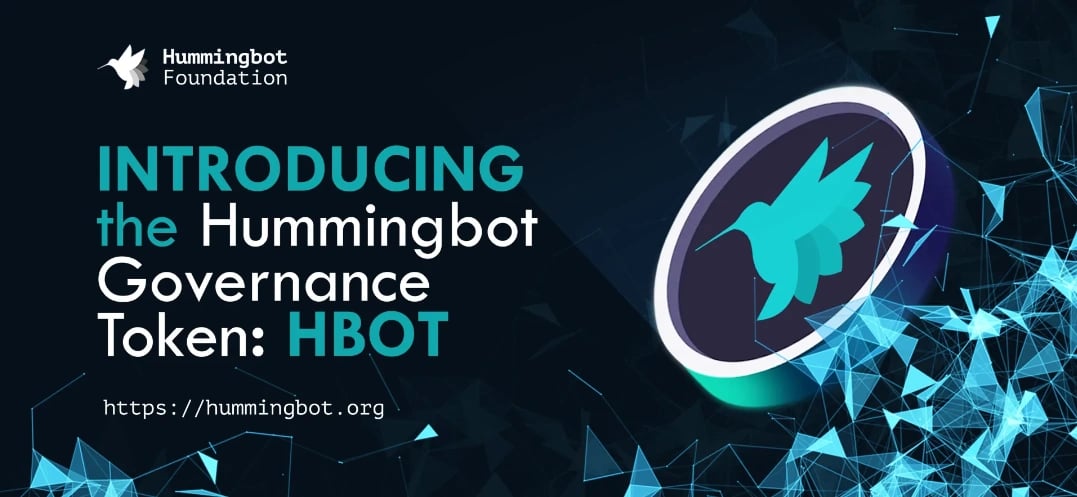
토큰 분배
HBOT 토큰의 분배 계획은 Hummingbot 프로젝트의 장기적인 성장에 기여하는 이해관계자들을 참여시키는 것을 목표로 합니다. 토큰 분배 내역은 다음과 같습니다:
Hummingbot 커뮤니티 풀 (40%)
이 배분은 Hummingbot 개발 경험과 거래, 시장, 소프트웨어 개발 등 관련 분야 전문 지식을 갖춘 이해관계자들이 Hummingbot 거버넌스에 목소리를 낼 수 있도록 보장합니다. 이들은 프로젝트의 미래 의사 결정에 기여할 것입니다. [10]
CoinAlpha 투자자 (37.9%)
Hummingbot 코드베이스의 생성 및 개발 지원에서 CoinAlpha의 중요한 역할을 감안하여, 총 HBOT 토큰 공급량의 37.9%가 CoinAlpha 주주에게 할당됩니다. 이 토큰은 1년간의 락업 기간이 적용되며, 그 이후 1년 동안 선형적으로 해제됩니다. [10]
향후 커뮤니티 활동 (36%)
총 HBOT 토큰 공급량의 36%에 해당하는 이 부분은 Hummingbot 커뮤니티의 향후 활동을 위해 예약되어 있습니다. 이러한 활동에 대한 토큰 배분은 거버넌스 제안을 통해 결정되며, 토큰 보유자는 보조금 또는 코드베이스의 추가 개발과 같은 이니셔티브에 대한 토큰 할당에 투표할 수 있습니다. [10]
CoinAlpha 팀 (21.1%)
CoinAlpha 팀 구성원, 자문위원 및 서비스 제공업체를 위해 21.1%의 토큰이 할당됩니다. 투자자 토큰과 마찬가지로, 이러한 토큰은 1년간의 락업 기간이 적용되며, 그 이후 3년에 걸쳐 선형적으로 해제됩니다. [10]
소급 분배 (4%)
총 HBOT 토큰 공급량의 4%는 기존 Github 코드 기여자와 Hummingbot Miner 플랫폼 사용자에게 할당됩니다. 기여 당시 CoinAlpha의 정규직 직원이 아니었던 Github 기여자는 과거 기여도에 따라 토큰을 배분받게 됩니다. 또한, 피드백, 버그 보고, 테스트 및 기능 요청에 적극적으로 참여한 Hummingbot Miner 사용자도 과거 활동에 따라 토큰을 배분받게 됩니다. [10]
허밍봇 재단 팀 (1.0%)
나머지 1.0% 토큰 할당은 허밍봇 재단의 현재 및 미래 팀 구성원에게 배정됩니다. 이 토큰은 1년간의 락업 기간이 적용되며, 3년에 걸쳐 선형적으로 해제됩니다. [10]
거버넌스
험밍봇 재단은 험밍봇 거버넌스 토큰(HBOT) 보유자에게 험밍봇 코드베이스의 방향과 전반적인 거버넌스 프로세스를 형성할 권한을 부여하는 거버넌스 시스템을 가지고 있습니다. HBOT 보유자는 제안에 대한 투표를 통해 의사결정 과정에 적극적으로 기여할 수 있습니다. [11]
프로세스
거버넌스 시스템은 확립된 플랫폼인 Snapshot을 활용하여 HBOT 거버넌스를 용이하게 합니다. 모든 제안은 공식 Hummingbot Snapshot에서 확인할 수 있습니다. [11]
제안 유형
세 가지 초기 제안 유형이 있으며, 각 유형마다 거버넌스 매개변수가 다릅니다.
풀 리퀘스트 제안 (PRP)
PRP는 Hummingbot 코드 저장소의 열린 풀 리퀘스트와 연결됩니다. PRP 프로세스는 다음 단계를 포함합니다.
- 커뮤니티 회원이 GitHub 풀 리퀘스트를 생성합니다.
- 최소 1 HBOT 투표권을 가진 HBOT 보유자는 풀 리퀘스트와 연결된 Snapshot에 PRP를 생성합니다.
- 재단은 예비 검토를 수행하고 결과를 이슈에 추가합니다.
- 커뮤니티는 7일 동안 PRP에 대해 논의, 검토 및 투표합니다.
- HBOT 토큰 총 유통량의 1%에 해당하는 투표 임계값이 충족되고 50% 이상의 찬성표를 얻으면 재단은 풀 리퀘스트에 "승인됨" 레이블을 지정합니다.
- 최종 검토 후 풀 리퀘스트는 개발 브랜치에 병합됩니다.
- 풀 리퀘스트가 보상 또는 보조금 프로그램과 관련된 경우 재단은 자금 지급을 용이하게 하고 관리 수수료에 대해 스폰서에게 청구서를 발행합니다.
개선 제안 (IP)
IP는 Hummingbot Github 저장소의 이슈와 연결되어 코드베이스의 특정 구성 요소에 대한 개선 사항을 제안합니다. IP 프로세스는 다음 단계를 포함합니다.
- 커뮤니티 회원이 GitHub 이슈를 생성합니다.
- 10,000 HBOT 이상의 투표권을 가진 HBOT 보유자가 해당 이슈와 연결된 Snapshot에 IP를 생성합니다.
- 커뮤니티는 7일 동안 IP에 대해 논의, 검토 및 투표합니다.
- 총 유통량의 3%에 해당하는 HBOT 토큰 투표 임계값이 충족되고 50% 이상의 찬성표를 얻으면 재단은 해당 이슈를 "승인됨"으로 표시합니다.
- 재단은 관련 관리자에게 이슈를 할당하거나 기여자를 유인하기 위한 보상금을 생성합니다.
- 개발 작업이 완료되면 Pull Request 제안 프로세스에 따라 pull request가 제출됩니다.
거버넌스 제안(GP)
GP는 허밍봇 Github 저장소의 문제와 연결된 제안으로, 재단의 거버넌스 시스템을 수정하거나 재무부의 HBOT 토큰을 할당하는 것을 목표로 합니다. GP 프로세스는 다음 단계를 포함합니다:
- 커뮤니티 회원이 Github 이슈를 생성합니다.
- 최소 50,000 HBOT 투표권을 가진 HBOT 보유자가 해당 이슈와 연결된 Snapshot에 GP를 생성합니다.
- 커뮤니티는 7일 동안 GP에 대해 논의, 검토 및 투표합니다.
- 총 유통량의 10%에 해당하는 HBOT 토큰 투표율이 충족되고 66 ⅔% 이상의 찬성표를 얻으면 재단은 해당 이슈를 "승인됨"으로 표시합니다.
- 재단은 제안된 변경 사항이나 계획을 실행하고 이슈를 종료합니다.
[12]
거버넌스 시스템을 통해 거버넌스 제안을 통해 승인 임계값, 정족수 임계값, 이사회 선거 및 관리자 선거에 대한 수정이 허용됩니다. 그러나 재단 정관, HBOT 토큰 배포 및 발행 메커니즘, HBOT 총 공급량 변경은 거버넌스 제안의 범위에 포함되지 않습니다. [12]
이사회
이사회는 Hummingbot 재단 및 HBOT 재무부를 포함한 활동을 감독하고 관리합니다. [13]
역할 및 책임
이사회는 Hummingbot 재단의 운영을 담당하는 5명의 위원으로 구성됩니다. 이들은 HBOT 재무부를 보관하는 다중 서명 지갑의 관리자 역할을 합니다. 이사회는 HBOT 배포와 관련된 다중 서명 거래를 처리하기 위해 분기별로 화상 회의를 진행합니다. [14]
요구 사항
이사회 구성원 자격은 Hummingbot 커뮤니티에서 이전 경험이 있는 모든 회원에게 열려 있습니다. 이들은 HBOT 보유자에 의해 선출됩니다. 재단의 HBOT 자금에서 거래를 하려면 5명의 이사 중 3명의 서명이 필요하므로 Gnosis 다중 서명 지갑 관리 능력이 필수적입니다. 이사회 활동은 재단의 정관에 따라 자발적이며 무보수입니다. [15]
이사회 선거 절차
이사회 선거는 거버넌스 제안을 통해 12개월마다 진행됩니다. 선거 한 달 전 Discord에서 후보 추천 스레드가 시작되며, 과거 이사회 멤버 및 관심 있는 개인이 지원할 수 있습니다. 선거는 Hummingbot 거버넌스 제안으로 진행되며, Snapshot 무가스 투표 및 이차 투표 할당을 사용합니다. 일주일 후, 가장 많은 표를 얻은 상위 5명의 후보가 1년 임기의 이사회 이사로 임명됩니다. [16]
멤버
- Brett Gibson (브렛 깁슨): Initialized Capital 매니징 파트너
- Gene Cheon (진 천): Hummingbot Foundation COO
- Hoang La (황 라)
- Michael Feng (마이클 펑): CoinAlpha 이사
- Michael Timmons (마이클 티몬스)
파트너십
쿠코인 (KuCoin)
2020년 1월 13일, 허밍봇(Hummingbot)은 암호화폐(cryptocurrency) 거래소 쿠코인(KuCoin)과의 파트너십을 발표했습니다. 이 협력을 통해 쿠코인 사용자는 시장 조성, 차익거래 및 유동성 미러링을 포함한 허밍봇의 정량적 및 알고리즘 전략과 TWAP 및 VWAP 실행과 같은 거래 실행 전략을 직접 배포할 수 있게 되었습니다. [20]
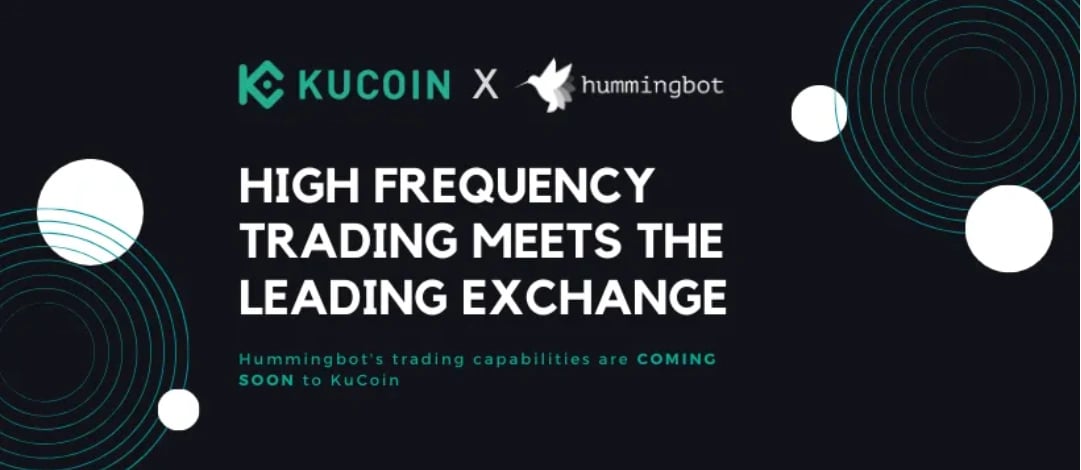
셀로(Celo)
2020년 6월 3일, 허밍봇(Hummingbot)은 차익거래 기회를 탐색하기 위해 블록체인(blockchain) 플랫폼 셀로(Celo)와 파트너십을 체결했습니다. 이 협력은 허밍봇의 거래 기능을 활용하여 셀로 생태계 내에서 차익거래 전략을 강화하는 데 중점을 둡니다. 이 파트너십의 목표는 효율적이고 수익성 있는 거래 활동을 촉진하는 것입니다. [21]
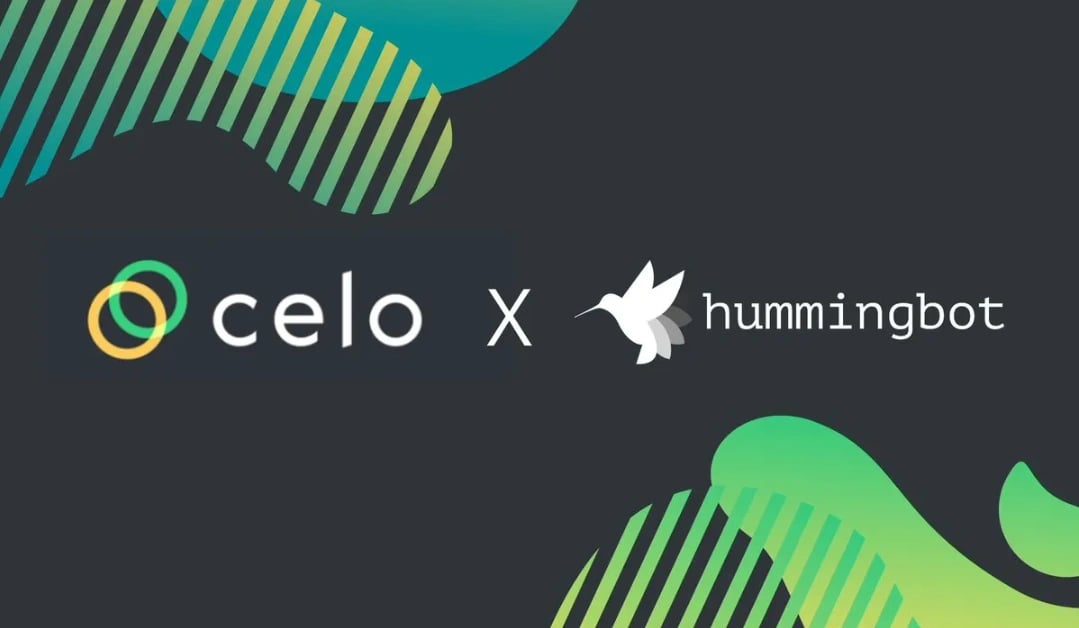
밸런서(Balancer)
2020년 11월 11일, 허밍봇(Hummingbot)은 탈중앙화 거래소 밸런서(Balancer)와 파트너십을 체결했습니다. 이 협력은 허밍봇의 고급 거래 소프트웨어를 사용하여 밸런서 프로토콜 내에서 차익거래 전략을 최적화하기 위해 이루어졌습니다. 이 파트너십은 유동성 제공을 향상시키고 보다 효율적인 거래 활동을 가능하게 하는 것을 목표로 합니다. [22]
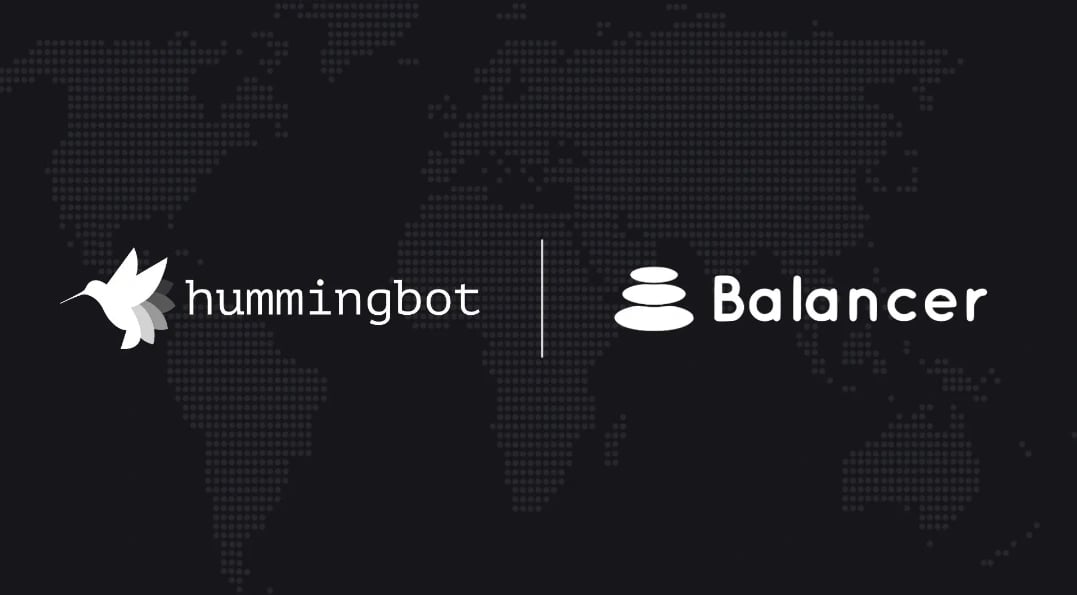
Blocktane
2021년 2월, 허밍봇(Hummingbot)은 탈중앙화 거래소를 위한 유동성 네트워크인 Blocktane과의 파트너십을 발표했습니다. 이 협력은 허밍봇과 Blocktane의 유동성 통합 솔루션 간의 원활한 통합을 가능하게 하는 커넥터 개발에 중점을 두었습니다. 이 파트너십은 다양한 탈중앙화 거래소에서 유동성과 거래 기회를 향상시키는 것을 목표로 했습니다. [23]
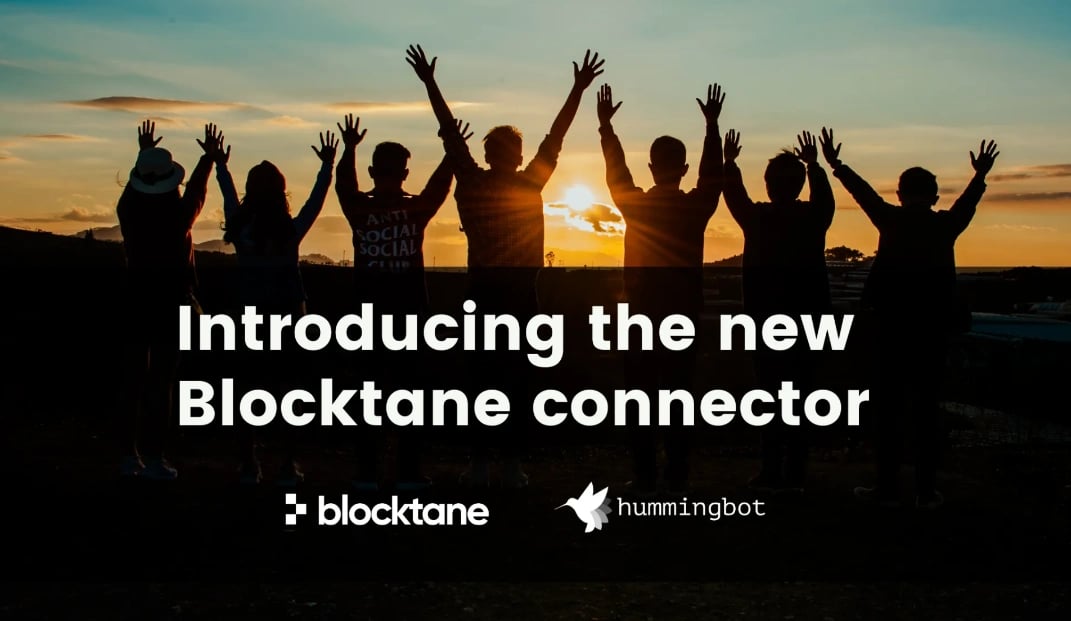
퍼페추얼 프로토콜 (Perpetual Protocol)
2021년 3월 4일, 허밍봇(Hummingbot)은 현물 거래 기회를 탐색하기 위해 퍼페추얼 프로토콜(Perpetual Protocol)과 파트너십을 맺었습니다. 이 협업은 허밍봇의 거래 소프트웨어를 활용하여 Perp 프로토콜 생태계 내에서 효율적인 현물 거래 전략을 개발하는 것을 목표로 했습니다. 이를 통해 허밍봇 사용자는 무기한 선물 시장과 현물 시장 간의 가격 차이를 이용하여 차익 거래 수익을 얻을 수 있었습니다. [24]
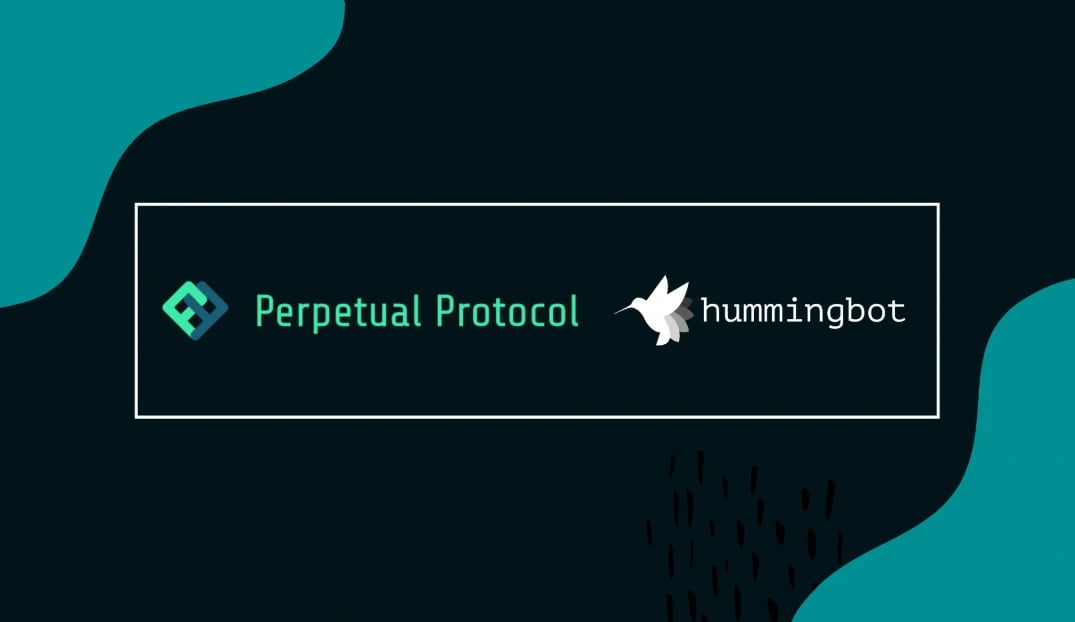
Uniswap v3
2021년 5월 31일, Hummingbot은 탈중앙화 거래소인 Uniswap v3와 파트너십을 맺고 전략을 개발했습니다. 이 협업은 다양한 가격대에 서로 다른 포지션을 생성하는 기능을 사용하여 Uniswap v3 생태계 내에서 거래 전략을 만드는 데 중점을 두었습니다. [25]
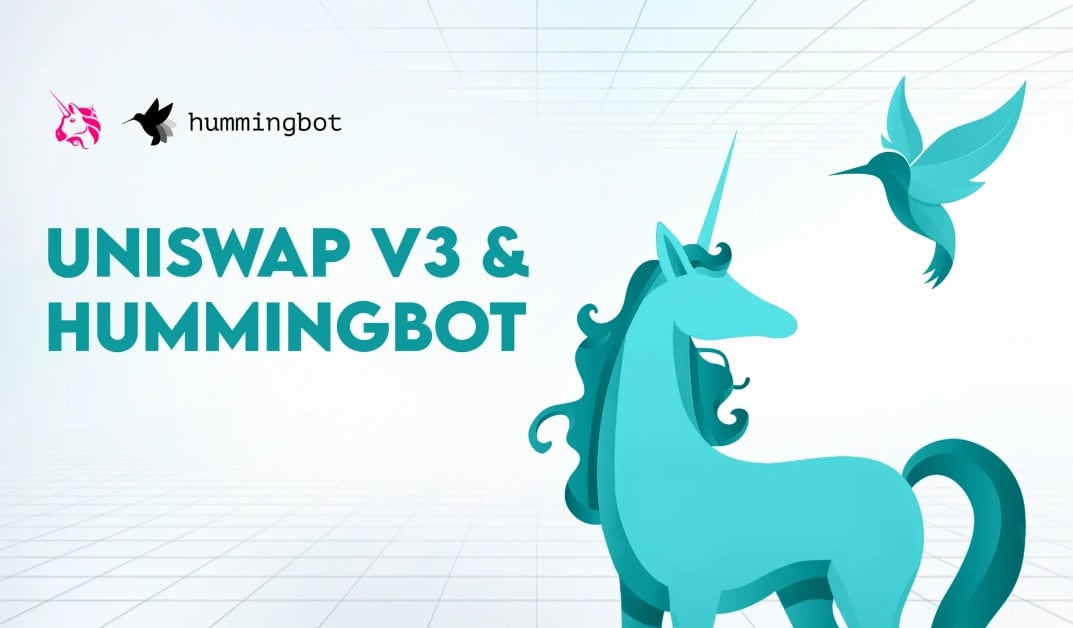
dYdX
2021년 7월 30일, 허밍봇(Hummingbot)은 dYdX(디와이디엑스)(https://iq.wiki/wiki/dydx)와 파트너십을 체결하여 dYdX 분산형 거래소(DEX)(https://iq.wiki/wiki/decentralized-exchange)에서의 무기한 거래 전략 개발에 집중했습니다. 이 파트너십의 목표는 허밍봇의 고급 알고리즘 거래 기능을 활용하여 무기한 거래 시장 내에서 거래 전략을 탐색하고 최적화하는 것이었습니다. 허밍봇과 dYdX는 유동성 제공을 강화하고 사용자에게 효율적인 거래 기회를 제공하고자 했습니다. [19]
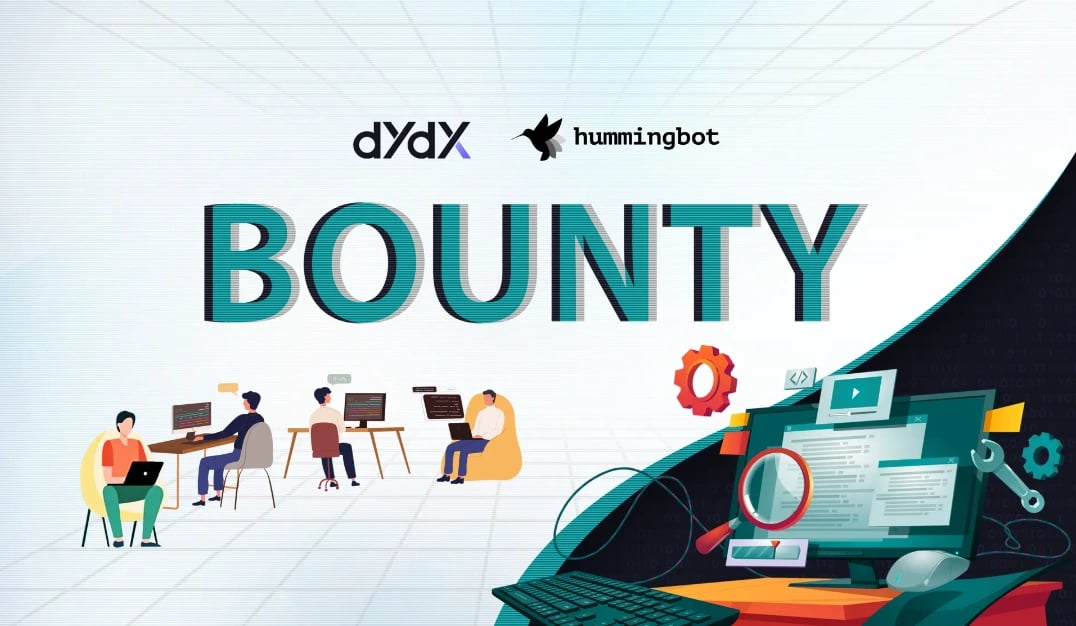
조화
험밍봇은 2021년 11월 9일 ONE 유동성 DAO를 출시하기 위해 Harmony(하모니)와 파트너십을 맺었습니다. 이 협력의 목표는 암호화폐 생태계 내에서 유동성과 거래 효율성을 높이는 것이었습니다. 이 협력을 통해 험밍봇, 하모니, 그리고 ONE 유동성 DAO는 시장 조성 능력을 향상시키고 사용자에게 원활한 거래 경험을 제공하고자 했습니다. 이 파트너십은 유동성 제공을 용이하게 하고 탈중앙화 금융 (DeFi)(디파이) 솔루션의 개발을 증진하려는 험밍봇의 약속과 일치합니다. [18]
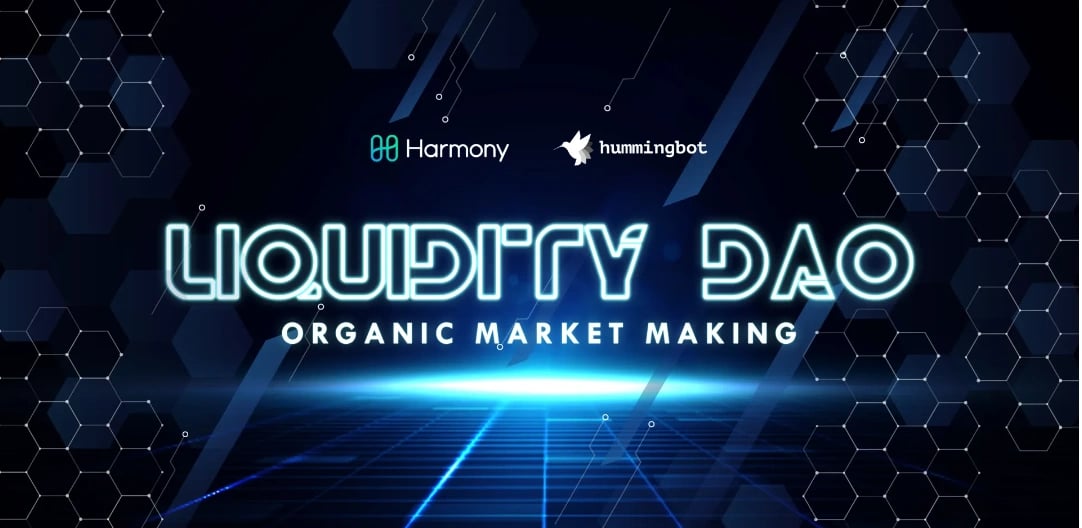
잘못된 내용이 있나요?
